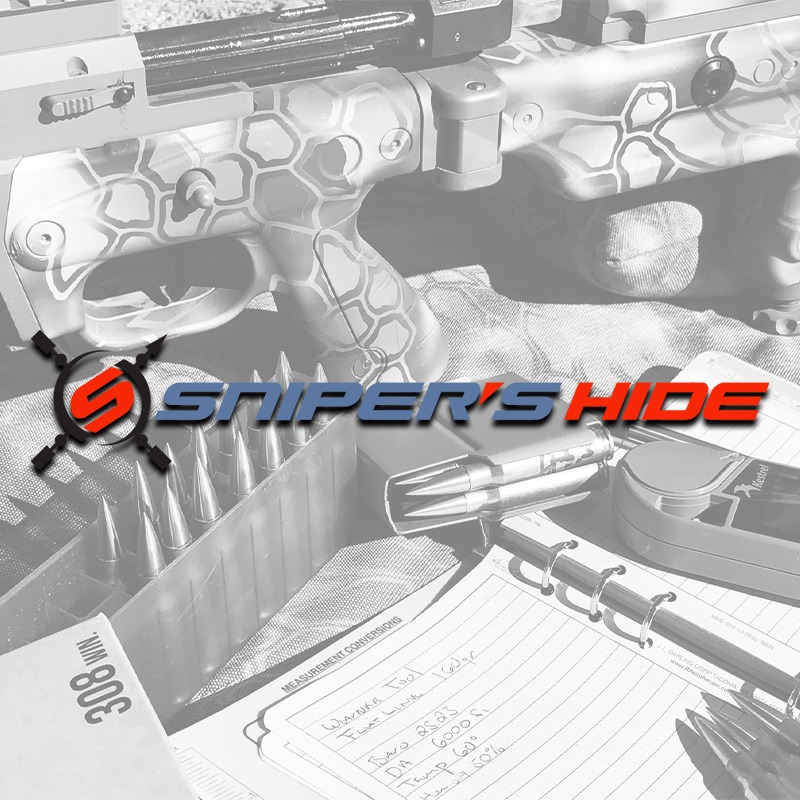Perfect timing this pops up again!
Got my yearly measurements/calibration done - with new designs, new circuits, and new software.
Absolutely bonkers accuracy & really happy with the results!
Physical dimensions of the sampled units were within 0.01mm (uncertainty of 0.003)... I still dont get why people dont like 3D printing

Now for the data....
3 Units each received 300 sample shots (electronically triggered) all at 1,000fps
- Unit1:
- Spread: 0.11fps
- Difference from actual ~1,000fps measurement: -0.00087fps (avg)
- Unit2:
- Spread: 0.09fps
- Difference from actual ~1,000fps measurement: 0.00127fps (avg)
- Unit3:
- Spread: 0.11fps
- Difference from actual ~1,000fps measurement: -0.00099fps (avg)
Mounting the units back to back - we saw a difference of 0.34fps between the units, so we'll average that down to ~0.1fps & re-test.
These are different dimensions to the regular NateChronys - so expect the shot-shot resolution of a NateChrony to be around 0.25fps @ 1,000fps & within the usual 1fps @1,000fps of actual speed.
That's how I know my Chronographs are accurate, I put about 3 days of work in to make sure.
